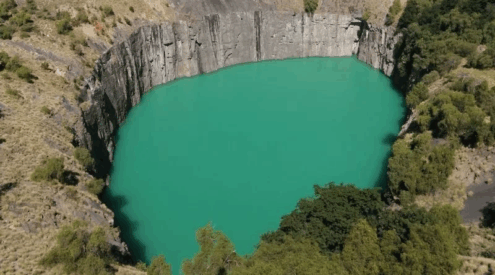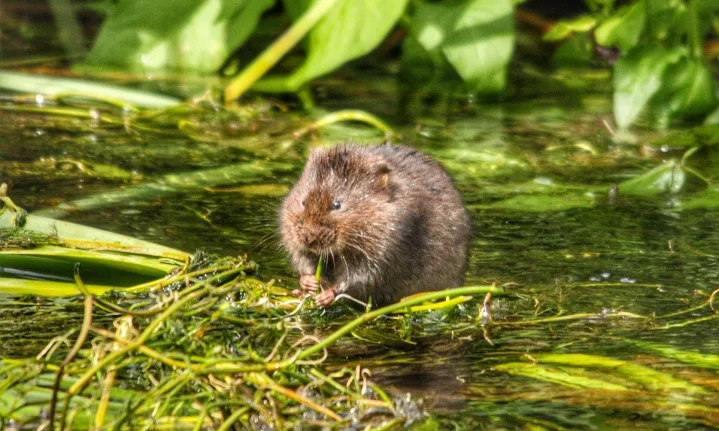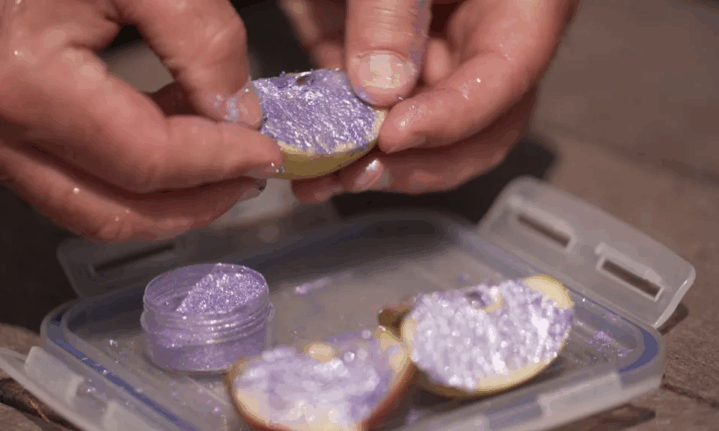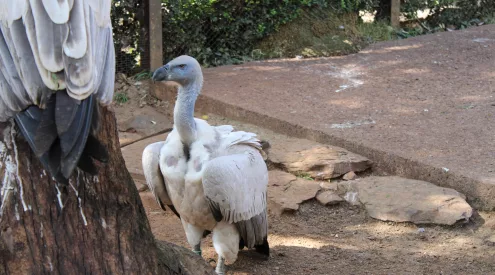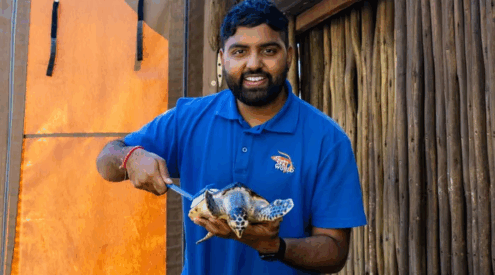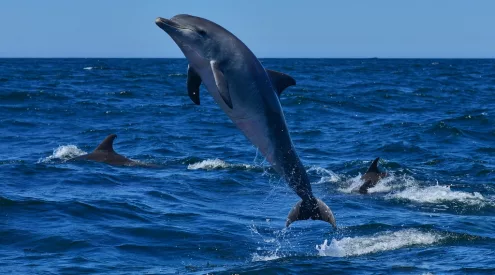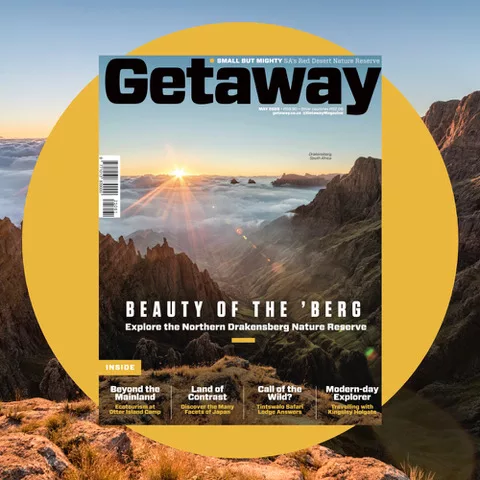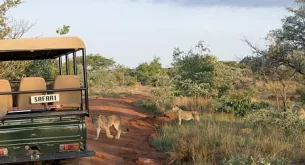In a move that sounds more like the plot of a children’s book than a real-world conservation effort, scientists in Wales have turned to an unlikely source in their bid to save one of the UK’s most threatened mammals – edible cake glitter.
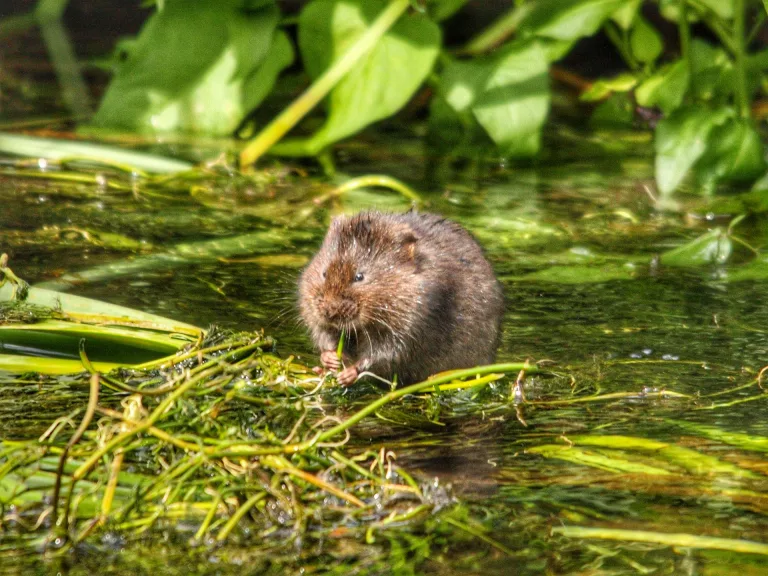
Jonathan Ridley/Unsplash
Why sparkles?
Water voles – often mistaken for brown rats but much cuter – used to thrive in wetlands across south Wales. Today, their numbers have dwindled so drastically that they’re considered effectively extinct in most areas, says the Wildlife Trust. So conservationists are thinking outside the box.
The Initiative for Nature Conservation Cymru (INCC) has begun feeding water voles glitter-dusted apple slices in the hope that what goes in, must come out – sparkly. That glittery poo, if all goes to plan, can be tracked across landscapes to reveal where the elusive animals have been hanging out.
The science behind the sparkle
Rob Parry, chief executive of INCC, confirmed the edible glitter is safe for the semi-aquatic rodents after consulting vets.
“It’s something that we’ve done in nature conservation before for other species, for badgers in particular, where we use pellets to put in with peanuts, which badgers love,” as told to the BBC by Parry.
“So we’ve scaled that idea down to water vole size, which means using glitter.”
The glitter used is the same kind you’d find on a fancy cupcake – edible and biodegradable. By mixing different colours into different food batches, researchers hope to track various vole families and their movements across the terrain.
ALSO READ: New rules at Witzands Aquifer Nature Reserve
More than just a pretty poo
While the method may sound whimsical, the implications are serious. By knowing where water voles are burrowing, swimming, and foraging, conservationists can shape the environment to help them thrive.
This could mean clearing out invasive trees like conifers from wetlands or fencing off riverbanks to keep sheep from trampling the vegetation.
“We’ll be able to see the types of territory, the size and where they go in,” Parry said.
“Are they just using the linear features, the ditches, or are they spreading out into the bog and the molinia grassland habitat? That will be crucial when it comes to planning for our upland habitats.”
Testing the theory
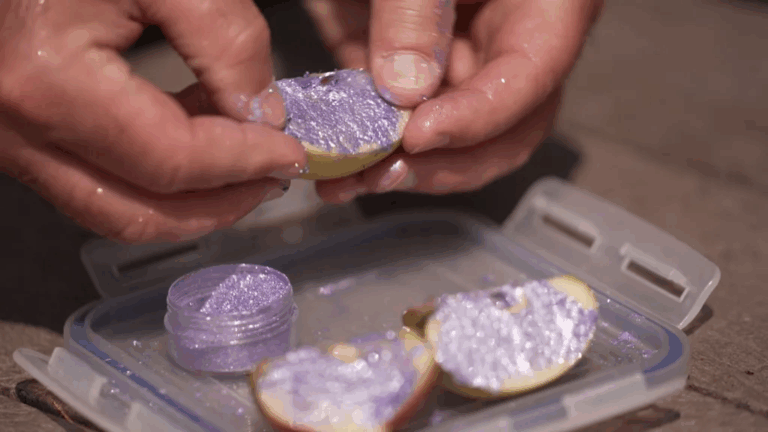
Picture/BBC
The glittery snack trial is currently being run on captive-bred water voles, raised as part of a wider Natural Resources Wales (NRW) reintroduction project. These test subjects have a soft spot for apples, which serve as the glitter delivery vehicle.
“They get everything they need from apples, carrots, and some dried rabbit food as well,” said Richard Davies from NRW, who has bred hundreds of water voles for release.
“Most predators in the UK would quite happily take a water vole. They need to be able to cope with this heavy predation and replace themselves a lot.”
Even with careful planning and rewilding, survival isn’t guaranteed. But knowing how and where water voles move through the landscape could tip the odds back in their favour.
Waiting for nature to do its thing
With a BBC camera rolling, conservationists placed a glitter-dusted purple apple on straw bedding inside the voles’ enclosure. It sat untouched for 20 minutes. But an hour later, the apple had nearly vanished.
Still, one critical question remained: would the glitter survive the journey through the vole’s digestive tract and still be visible at the other end?
“It’s been a perfect storm of bad things that’s happened to water voles in the last few decades,” said Parry.
“We have drained an awful lot of their wetland habitat, forced them into linear ditches where we find them now, and then the biggest problem is the American mink, an invasive species that was let out and released from pens, and they just turned out to be the perfect water vole predators. The water voles don’t stand a chance.”
But not all hope is lost. The water voles – known for being skittish around change – accepted the glitter. And just 24 hours later, the team found what they’d been waiting for: a tiny, twinkling nugget of proof – a glittery poo.
It may sound small, but to the conservation team, it was a sign they were heading in the right direction. A sprinkle of glitter might just help water voles sparkle back to life in the wild.
Follow us on social media for more travel news, inspiration, and guides. You can also tag us to be featured.
TikTok | Instagram | Facebook | Twitter
ALSO READ: Find the 10 Jewels of iSimangaliso Wetland Park








